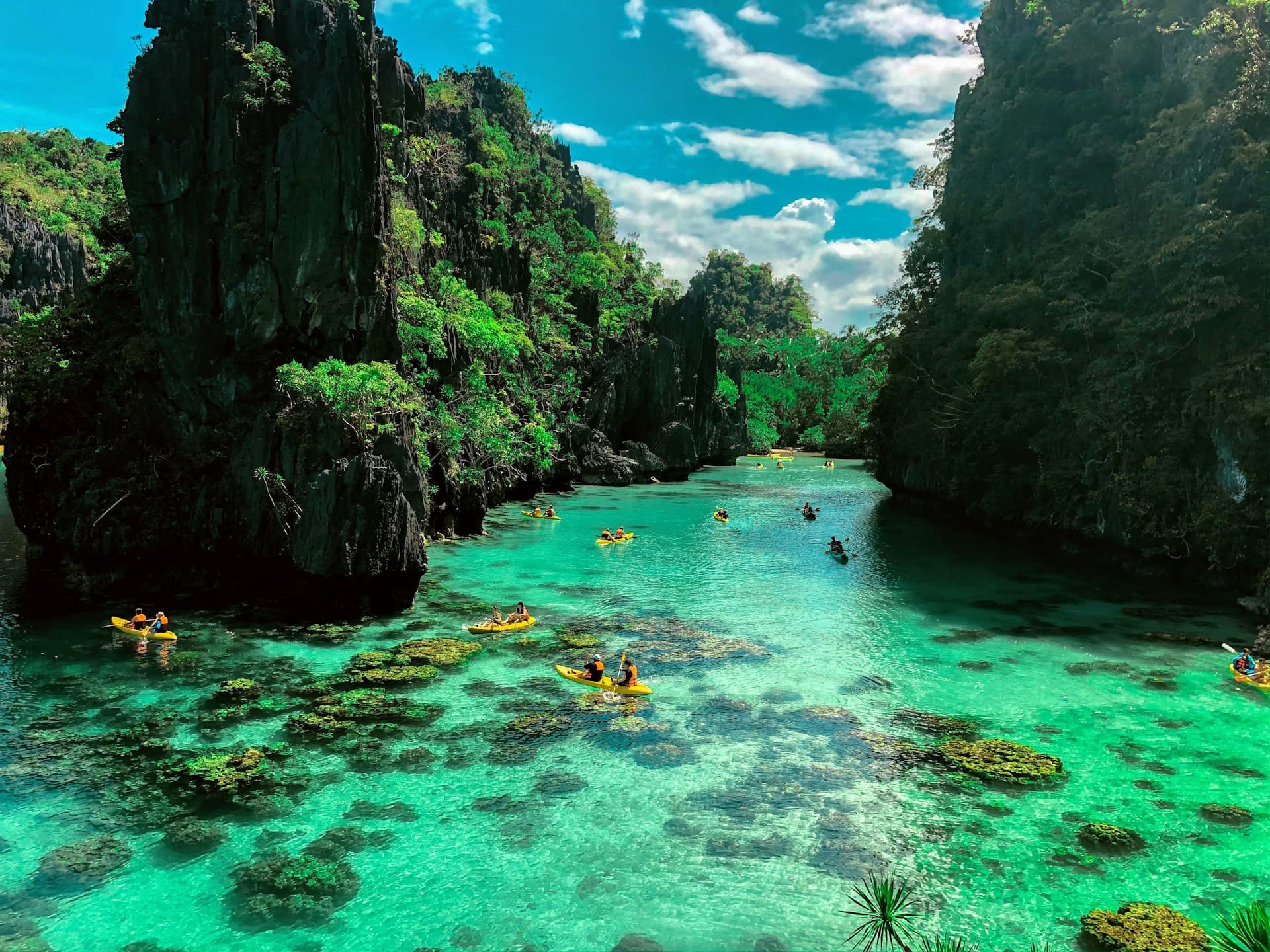
By Christian Cabañas, Anchor, Brigada News FM Trento
Along the southeastern coast of Mindanao, where the Pacific Ocean quietly meets the shoreline, Panaraga Beach Resort offers visitors a unique chance to reconnect with nature and experience the rhythms of coastal living. Located in the municipality of Barobo, Surigao del Sur, the resort is becoming a steady attraction for those seeking a quiet and grounded alternative to more commercial destinations.
The name Panaraga, derived from the Visayan word meaning “a new beginning,” reflects both the local character and the vision for tourism in the area: peaceful, rooted in community, and focused on sustainability.
A Slow Travel Destination in Mindanao
Visitors arriving in Barobo can travel via Butuan Airport, approximately a four-hour drive north of the town. Local transport options such as buses and vans make the trip manageable, with the final leg typically involving a short tricycle or habal-habal ride to the beach resort.
Unlike mainstream beach resorts, Panaraga maintains a low-impact setup. Modest cottages constructed with native materials line the shoreline, blending into the landscape. There are no high-rise buildings or sprawling commercial developments—just a clean beach, open skies, and simple accommodations that allow guests to slow down and take in their surroundings.
Swimming, snorkeling, and beach walks remain the core activities. For the more adventurous, the resort can arrange local tours that include island hopping, paddle boarding, and visits to nearby rock formations and coral spots. Guided by local boat operators, these tours provide opportunities to understand the marine ecosystem and the daily routines of fisherfolk.
Mental Health and Well-Being in Coastal Spaces
The benefits of natural environments on mental well-being are increasingly recognized, and places like Panaraga offer more than visual appeal. Visitors often describe the sense of calm that comes with being surrounded by the sea—where routines slow down, noise is replaced by the sound of waves, and time is measured by sunrise and sunset.
Several guests, especially remote workers and families, report that their visits double as informal wellness retreats. Being disconnected from busy city life, even for a weekend, can offer relief from anxiety and digital fatigue. Simple activities like walking along the shore or reading under a coconut tree can bring surprising clarity.
Tourism That Builds, Not Disrupts
The rise in local and domestic tourism in regions like Barobo plays a significant role in the economy. In Panaraga, for instance, most staff are residents of nearby barangays. From the kitchen to the beachfront maintenance, the operation generates jobs that keep families afloat while preserving community cohesion.
Artisans from the area often sell handmade crafts, such as shell jewelry and woven items. Food is typically sourced locally, including the day’s seafood catch purchased directly from the docks. These efforts ensure that tourism revenue circulates within the local economy.
According to municipal tourism officers, part of Barobo’s tourism development plan includes working with operators like Panaraga to implement waste management protocols, limit construction near sensitive ecosystems, and maintain transparent, community-led business models.
A Model for Sustainable Tourism
As the Philippines continues to recover from the pandemic’s impact on tourism, emerging destinations like Panaraga Beach Resort demonstrate that it’s possible to attract visitors without overdevelopment. More importantly, they show that small-scale, locally anchored tourism can be both economically viable and environmentally respectful.
With its scenic coastline, calm atmosphere, and community-centered approach, Panaraga represents a growing shift toward mindful travel. For those interested in destinations that prioritize balance over buzz, it’s a place worth noting on the map.
Whether you’re visiting for a weekend or staying longer, Panaraga Beach Resort offers more than just rest—it offers perspective.




